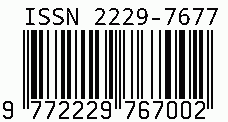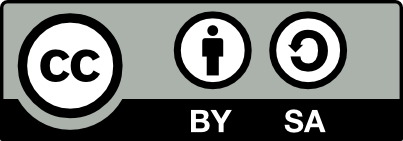
International Journal on Science and Technology
E-ISSN: 2229-7677
•
Impact Factor: 9.88
A Widely Indexed Open Access Peer Reviewed Multidisciplinary Bi-monthly Scholarly International Journal
Plagiarism is checked by the leading plagiarism checker
Call for Paper
Volume 16 Issue 4
October-December 2025
Indexing Partners



















Customer Churn Prediction and Retention Strategies through Machine Learning, Chatbots, and Recommendation Systems
| Author(s) | Mr. Vaibhav Jaiswal, Mr. Adithya Vinod, Mr. Ashish John, Mr. Harsh Sane, Ms. Ankita Verma |
|---|---|
| Country | India |
| Abstract | In the highly competitive telecom industry, maintaining existing customers is just as important as attracting new ones. Predicting customer churn allows operators to recognize which users are most at risk of leaving, making it possible to implement timely retention strategies. This study creates a predictive model based on machine learning, utilizing demographic, behavioral, and service-related variables. Following data preprocessing and feature engineering, various models were tested, with ensemble methods demonstrating the highest accuracy. To enhance practicality, two improvements were added: a domain-specific chatbot for interactive insights on churn and a recommendation module that devises customized retention strategies based on churn likelihood and significant contributing factors. The integrated system not only forecasts churn but also offers actionable advice, contributing to customer satisfaction and sustained profitability. |
| Keywords | Customer churn prediction, machine learning, telecom industry, customer retention, recommendation system, chatbot. |
| Field | Computer |
| Published In | Volume 16, Issue 4, October-December 2025 |
| Published On | 2025-10-07 |
| DOI | https://doi.org/10.71097/IJSAT.v16.i4.8188 |
| Short DOI | https://doi.org/g97s54 |
Share this


CrossRef DOI is assigned to each research paper published in our journal.
IJSAT DOI prefix is
10.71097/IJSAT
Downloads
All research papers published on this website are licensed under Creative Commons Attribution-ShareAlike 4.0 International License, and all rights belong to their respective authors/researchers.

